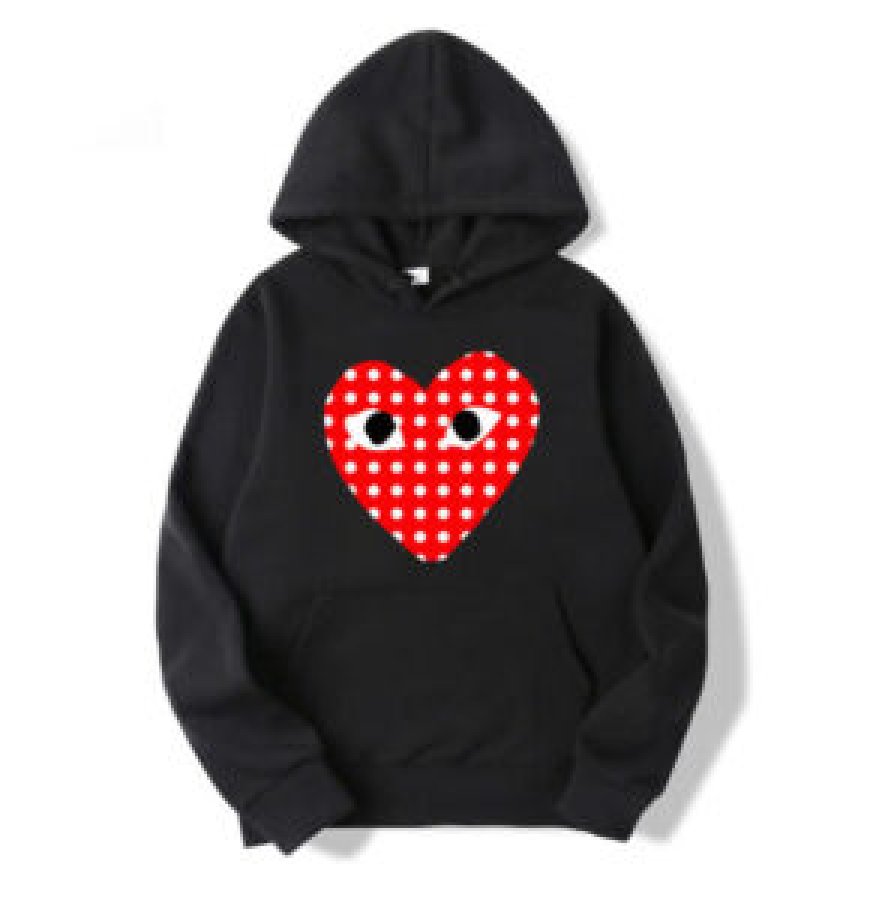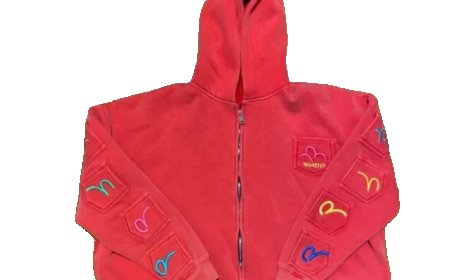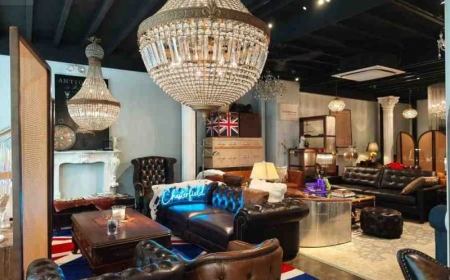Garçons Speak in Silence: The Quiet Drama of Rei Kawakubo’s World Comme Des Garçons

In a world that often demands loud declarations and visual noise, Rei Kawakubo speaks in silence. Her language is one of restraint, distortion, asymmetry, Comme Des Garcons and a stark refusal to adhere to fashions conventional grammar. Comme des Garons, the avant-garde label she founded in Tokyo in 1969, has become less a fashion house and more a philosophy. It is an ongoing exploration of beauty through discomfort, elegance through contradiction, and visibility through the refusal to be seen in the usual ways. Kawakubos world is not one of seasonal trends, but of intellectual challenge. Its quiet, but not passive. Its restrained, but radical. Her garments do not scream; they whisperand in doing so, they provoke.
The Beginning of Anti-Fashion
When Kawakubo first presented Comme des Garons in Paris in 1981, the reaction was divisive, even hostile. Black, deconstructed, and threadbare, her collection was deemed "Hiroshima chic" by the Western press. But this phrase, as insensitive as it was, reflected how deeply her work unsettled the European fashion establishment. She wasn't making clothes to flatter the body, or even to decorate it. She was questioning the bodys relationship to fabric altogether.
Kawakubo's vision has always existed in oppositionnot to trends, but to the very idea that fashion should comfort or conform. Where others saw the body as a canvas, she saw it as an obstacle, an object to be questioned and reimagined. In her world, clothing doesnt trace the bodyit disrupts it. The seams dont follow expected lines; they rebel. The silhouettes bulge, twist, sag, or erupt. Every Comme des Garons runway is a battle between form and function, and form almost always wins.
Fashion as Philosophy
For Rei Kawakubo, fashion is not about beauty in the traditional senseits about meaning. She creates clothes that are not clothes, which exist more as sculptural provocations than wearable items. Comme des Garons invites the wearerand the observerto confront discomfort, asymmetry, and ambiguity. In an industry obsessed with perfection, Kawakubo finds power in what is flawed or broken.
Her collections are not collections in the commercial sense, but conceptual essays. Consider the 1997 collection, Body Meets Dress, Dress Meets Body, which featured bulbous padding sewn into dresses to distort the bodys natural form. Critics nicknamed it the lumps and bumps collection, but Kawakubo was exploring profound ideas: bodily identity, societal expectations, and the limits of wearable design. It wasnt about clothesit was about confrontation.
Each collection operates like a question with no definitive answer. In many ways, Comme des Garons is closer to performance art than fashion. Its power lies not in consumption, but in contemplation. To wear Comme des Garons is to make a statementnot necessarily of identity, but of refusal. A refusal to play by the rules.
The Power of Silence
Rei Kawakubo rarely speaks to the press. She doesnt attend her own runway shows. She gives little context for her collections. This silence is strategic. It compels audiences to interact with the work on their own terms. It denies them easy interpretation. In a world overrun with explanation and overcommunication, Kawakubos refusal to articulate her motives creates space for the viewers own reflection. She doesnt give answers because the garments are the questions.
This silence also extends to her brand identity. Comme des Garons has little interest in branding as spectacle. Its most recognizable itemperhaps the PLAY line with the heart-eyed logois the least representative of Kawakubos true vision. The mainline collections, by contrast, often forgo logos entirely. There is no need to broadcast identity. If you know, you know.
Beyond the Runway: A World Built on Contradictions
Comme des Garons is not just a fashion labelit is a universe. From the radical retail concept of Dover Street Market to collaborations with Nike and Supreme, Kawakubo has curated an empire that exists on her terms. She designs not only clothes but experiences, spaces, and systems. And yet, she does this while maintaining a deeply rooted sense of mystery.
In Dover Street Market, items are not arranged by category or season but by idea. The space is a rotating installation that defies the sterile conventions of traditional retail. Kawakubo has transformed the act of shopping into an aesthetic and philosophical experience. This is commerce, but deeply infused with art.
Even her business practices reflect her conceptual rigor. She allows other designersJunya Watanabe, Kei Ninomiya, Tao Kuriharato operate under the Comme umbrella, giving them space to develop their own distinct voices. This nurturing of divergent creativity is a rare phenomenon in an industry driven by centralized branding and corporate homogeny. In Kawakubos world, multiplicity is not chaosit is coherence through contradiction.
The Feminine Unmade
Perhaps most provocatively, Kawakubo has redefined what it means to dress "feminine." While fashion has long been a tool for shaping women into societal ideals, Comme des Garons breaks that mold. Her garments do not cater to the male gaze; they often repel it. Her designs refuse to sexualize, to beautify, to flatter. They empower in their refusal to be interpreted as seductive.
This is not feminism in slogan T-shirts. It is a deeper dismantling of normsa feminism that disorients before it liberates. In choosing to challenge form, Kawakubo also challenges the roles and identities that form reinforces. Her woman is unknowable, undefinable, and unapologetically complex.
A Legacy in Layers
Rei Kawakubos influence on fashion is immeasurable. Designers from Martin Margiela to Rick Owens and even Demna Gvasalia owe a conceptual debt to her. The Met's 2017 exhibition, Rei Kawakubo/Comme des Garons: Art of the In-Between, was a rare honor for a living designer, and it further solidified her place as one of fashions most profound thinkers.
But Kawakubo herself remains elusive. She resists retrospection. She resists categorization. In interviews, when asked about legacy or interpretation, she often answers simply, I dont think about that. She is already thinking about the next impossibility to render tangible.
Conclusion: The Silence That Speaks Louder
Comme des Garons is not for everyoneand its not meant to be. It is not easy. It is not pretty. It does not conform to expectations. Comme Des Garcons Long Sleeve But therein lies its genius. Rei Kawakubo has built a world where silence is not emptiness, but fullness. Where absence is a kind of presence. Where beauty is not seen but felt, not worn but experienced.
In the quiet drama of Rei Kawakubos vision, fashion becomes more than fabricit becomes language, sculpture, resistance, and poetry. It invites you to listen, even when there are no words. Because sometimes, the most powerful voice is the one that refuses to speak at all.






































